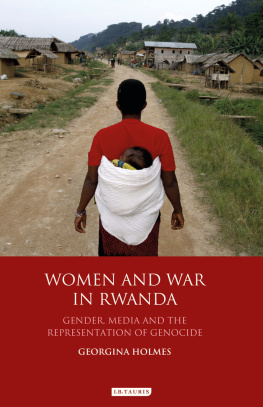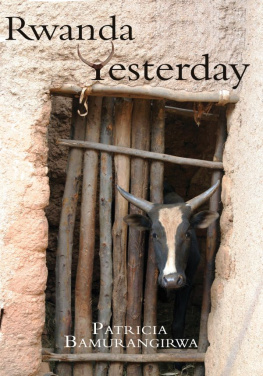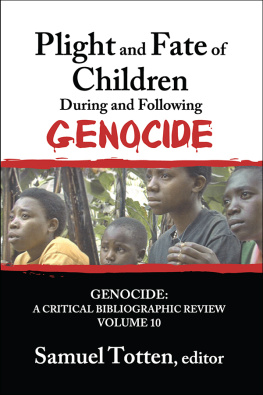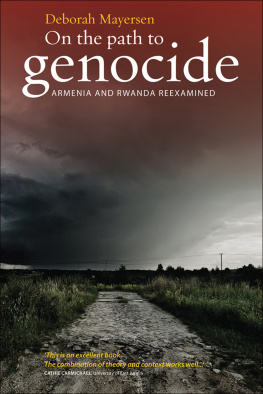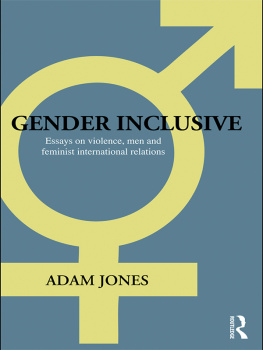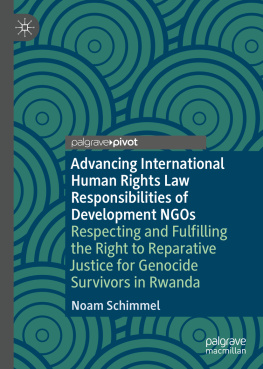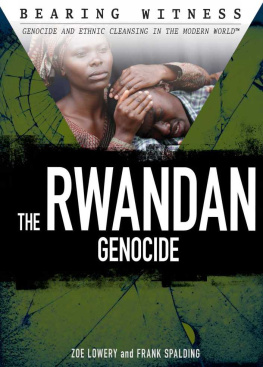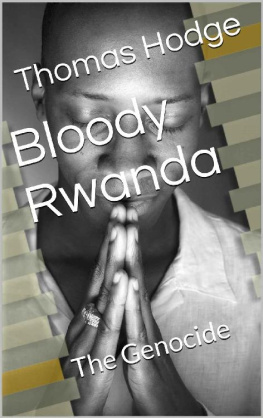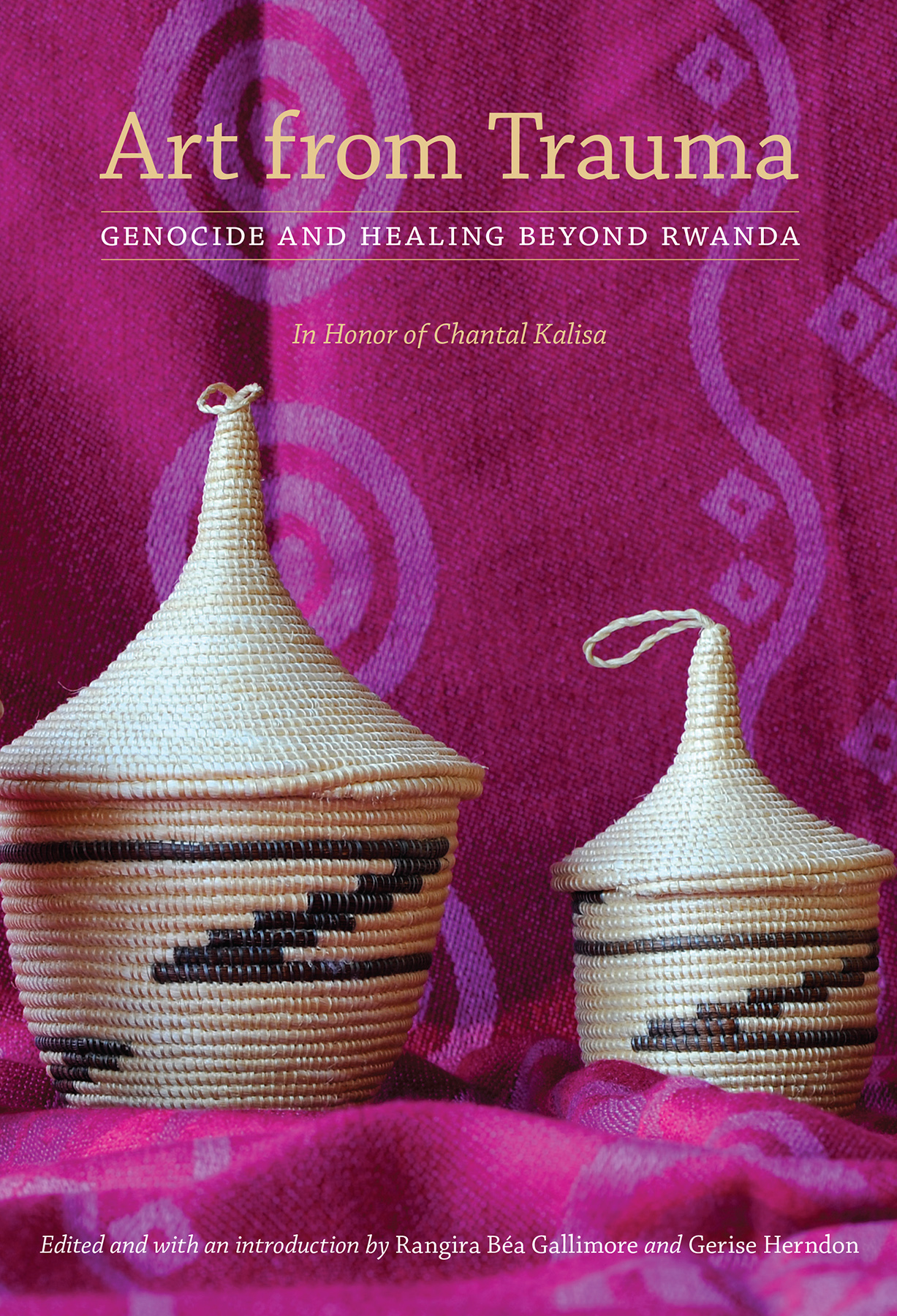
I recommend that everyone read this fascinating book. In remembering professor Chantal Kalisa, the contributors of Art from Trauma bring hope for the future to victims coping with traumatic experiences of extreme violence or genocide. Providing victims a platform for sharing memories and experiences is one way of mourning and may lead to healing.
Edouard Kayihura, author of Inside the Hotel Rwanda: The Surprising True Story and Why It Matters Today
This astute biographical, methodological, and theoretical book presents Chantal Kalisa as a figure both of history and of memoryof history in relating her life to her career in order to highlight compelling narratives on scholarship, activism, and responsibility; and of memory in extending her powerful interpretive works into other forays.... The hatred and violence that Kalisa observed in Francophone Africa is replaced in this significant book with hope, along with the enduring capacity to reimagine a better future.
Toyin Falola, Jacob and Frances Sanger Mossiker Chair in the Humanities at the University of Texas at Austin
Art from Trauma is an expansive narrative about violence and trauma as well as a courageous and insightful inquiry into various forms of traumatic events and the healing power of different forms of art. Featuring scholars from various and multidisciplinary perspectives, it is also a work of memory and mourning that challenges the unspeakable through the power of language and art in the aftermath of the 1994 genocide against the Tutsi in Rwanda.
Aimable Twagilimana, professor of English and Fulbright Scholar, SUNY Buffalo State
A deeply rich and inspiring volume, this book offers a worthy tribute to Chantal Kalisas important work and responds to the pressing need for creativity in the processes of remembrance, justice, and reconciliation in Rwanda and beyond.
Catherine Gilbert, author of From Surviving to Living: Voice, Trauma, and Witness in Rwandan Womens Writing
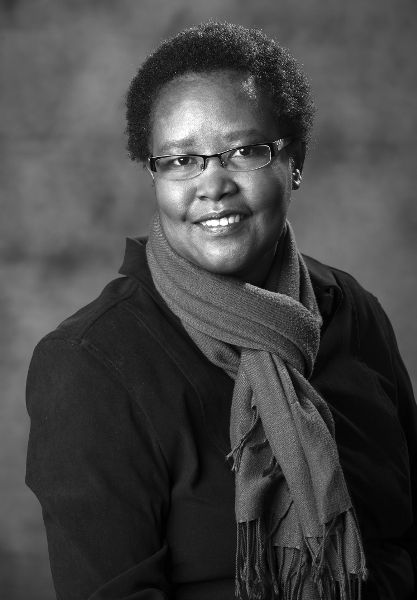
Chantal Kalisa
Art from Trauma
Genocide and Healing beyond Rwanda
Edited and with an introduction by Rangira Ba Gallimore and Gerise Herndon
Foreword by Patricia A. Simpson
University of Nebraska Press | Lincoln
2019 by the Board of Regents of the University of Nebraska
Cover designed by University of Nebraska Press; cover image iStockphoto / grauy.
Chapter 6, Theater and the Rwandan Genocide, by Chantal Kalisa, was originally published as Theatre and the Rwandan Genocide, in Peace Review 18, no. 4 (2006): 51521, doi:http://dx.doi.org/10.1080/10402650601030476. Permission to reprint granted by Taylor and Francis. The original Spanish version of chapter 15, Hermandad femenina en el exilio: Escritura teraputica en cartas inditas de Zenobia Camprub, was published in Rilce 32, no. 2 (2016): 36487. Permission to publish an expanded English translation granted by the editor of Rilce.
All rights reserved.
Publication of this volume was made possible by the Department of Modern Languages and Literatures, University of NebraskaLincoln.
Frontispiece: Professor Chantal Kalisa. Courtesy University of NebraskaLincoln Office of University Communication.
Library of Congress Cataloging-in-Publication Data
Names: Gallimore, Rangira Batrice, editor. | Herndon, Gerise, editor.
Title: Art from trauma: genocide and healing beyond Rwanda / edited by Rangira Ba Gallimore and Gerise Herndon; foreword by Patricia A. Simpson.
Description: Lincoln: University of Nebraska Press, [2019] | Includes bibliographical references and index.
Identifiers: LCCN 2018050982
ISBN 9781496206640 (cloth: alk. paper)
ISBN 9781496215796 (epub)
ISBN 9781496215802 (mobi)
ISBN 9781496215819 (pdf)
Subjects: LCSH : GenocidePsychological aspects. | GenocideSociological aspects. | GenocideRwanda. | Arts and society. | Transitional justice.
Classification: LCC HV 6322.7 . A 78 2019 | DDC 304.6/63dc23 LC record available at https://lccn.loc.gov/2018050982
The publisher does not have any control over and does not assume any responsibility for author or third-party websites or their content.
In memory of Professor Chantal Kalisa
Pour Daniel, Jacob, Aimable, Ba, Marie-Jose, Jeanne dArc, et Tetina
Contents
Rangira Ba Gallimore and Gerise Herndon
Margaret Jacobs
Gerise Herndon
Natalia Ledford
Laura Roost and Ryan Lowry, with Patrice McMahon
Isabel Velzquez
Chantal Kalisa
Rangira Ba Gallimore
Odile Cazenave and Patricia-Pia Clrier
Anna Rocca
Alexandre Dauge-Roth
Eileen M. Angelini and Heather E. Connell
Nicki Hitchcott
Josias Semujanga
Kalenda Eaton
Iker Gonzlez-Allende
Marzia Caporale
Patricia A. Simpson
One must just write, in uncertainty and in necessity.
Maurice Blanchot, The Writing of the Disaster
In 1944 Websters New International Dictionary recognized the neologism genocide, composed from the Greek root geno (race, people, kind) and the Latin cide (the act of killing). The etymology of the word, however, does not facilitate knowledge or comprehension of crimes, the incommensurability of which defies human understanding and stands in direct opposition to concepts and practices of life, community, the rule of law, and fundamental human rightswhich we recognize, often retroactively, in the extreme degree of their violation. In brief, a single word cannot supply a language or a lexicon to comprehend the human agency functioning as a grammatical subject for any conjugation of the verb to annihilate, with a people as direct object. The experience of the disaster, however defined, inevitably maps itself onto identities, geographies, and landscapes that shape memory, story, and survival.
In The Burden of Our Time the displaced philosopher Hannah Arendt identified a growing and urgent need to understand the relationship between the human condition and the citizen: We become aware of the existence of a right to have rights. The British title of her book (in the United States it carried a different title, The Origins of Totalitarianism) attests to the weight of history in the postwar world, with its Cold War topography in Europe, whose inhabitants continued to experience the shockwaves of the National Socialist impact. Eventually directing his attention to the nonaligned states and their histories, Lemkin experienced the nationalist conflicts that afflicted Poland and much of Europe at the time. These conflicts were manifested in local animosities: hatred directed at those members of a community who had been othered by ideology and onto whom the most negative human emotions were inscribed. Long-simmering resentment among neighbors and kin could erupt in violence under certain conditions. A single word does not have explanatory force when we are confronted with unimaginable communities. Genocide takes us beyond the limits of language. Yet generative language can still function as a bulwark against silence.
Robert Melson argues convincingly that the genocide against the Tutsi should be seen as an instance of state-sponsored mass murder driven by ideology in a context of revolution and war that has been a hallmark of our modern era, primarily to recast interpretations that locate the origins of hatred in age-old tribal enmities between the Hutu and Tutsi. Just as communities can be imagined, the bonds that constitute them can be reimagined and inverted. Myth, ideology, and colonial hegemony contribute in unequal parts to the unraveling of human bonds. Literature not only provides an art form in which to imagine the world on a human scale but also has the capacity to narrate personal histories of survival from topographies of violence.
Next page

